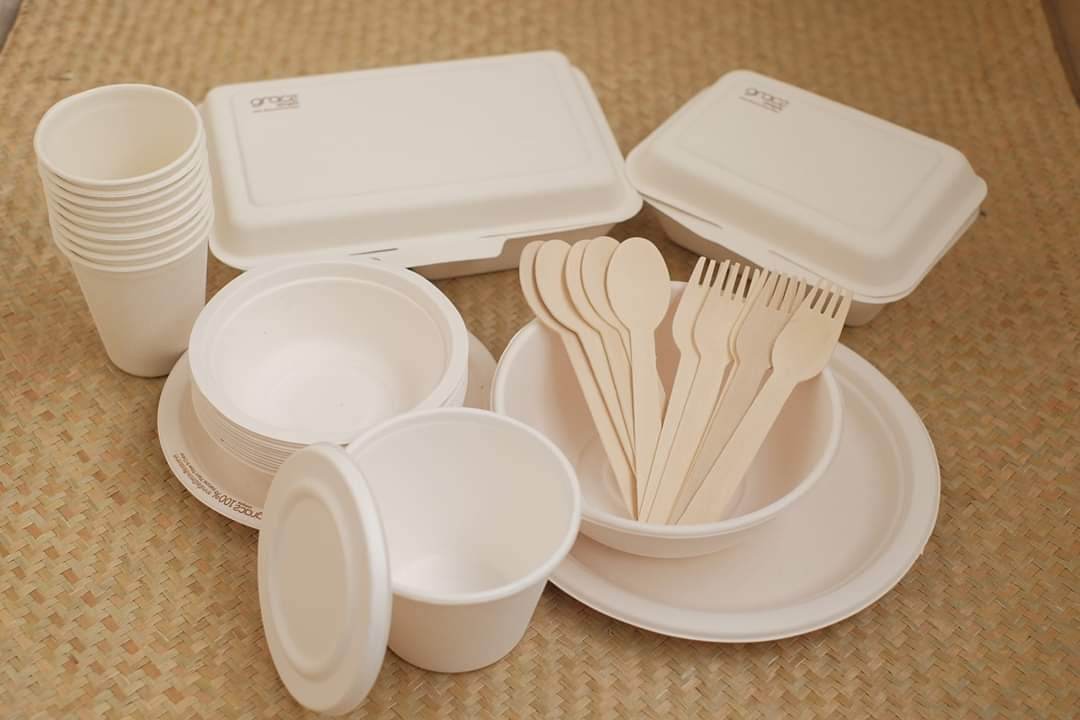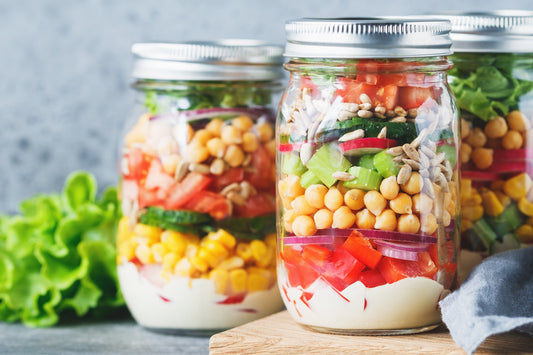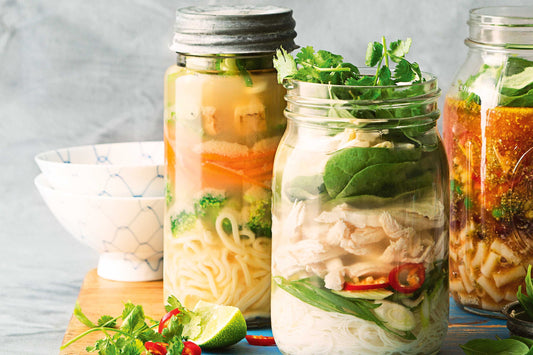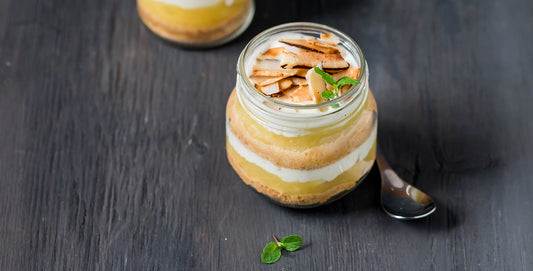Imagine enjoying a meal at your favorite restaurant, as you finish, you can feel good about the fact that the packaging and tableware you used were not only convenient but also environmentally friendly. This is why bagasse, a material derived from sugarcane pulp, has gained popularity in recent years. In this blog post, we will explore the benefits of using bagasse as food packaging and tableware material and why it is a sustainable alternative to traditional options.
What is Bagasse?
Bagasse is the fibrous residue left behind after sugarcane stalks are crushed to extract juice. Traditionally, this residue was considered waste and burned or landfilled. However, with growing concerns over environmental impact, bagasse has emerged as a viable alternative for making various products, including food packaging and tableware.
- Disposable plates made of bagasse at wholesale prices
- Single-use clamshell box made of sugarcane bagasse fiber
How Is Bagasse Made?
To make bagasse, sugarcane stalks are harvested and sent to sugar mills for processing. The stalks are crushed to extract juice, which is used to produce sugar. The remaining fibrous material is then collected and processed further to remove impurities. It is then dried and transformed into a pulpy substance that can be molded into different shapes to produce food packaging and tableware items.

Environmental Advantages Of Bagasse
Home Compostable
One of the key advantages of bagasse is its ability to break down naturally in home composting systems. When disposed of in compost bins, bagasse products decompose within a few months, returning to the soil as organic matter. This significantly reduces the burden on landfills and decreases the release of greenhouse gases.
Rapidly Renewable Resource
Unlike traditional materials such as plastic and foam, which are derived from fossil fuels, bagasse is made from a rapidly renewable resource. Sugarcane, the primary source of bagasse, is a fast-growing plant that can be harvested multiple times a year. This makes bagasse a more sustainable choice for food packaging and tableware, as it reduces dependence on finite resources.
What is the difference between paper and bagasse?
While both paper and bagasse are derived from plant fibers, there are key differences that make bagasse a preferred option for food packaging and tableware. Firstly, bagasse is generally sturdier than paper, offering better resistance to heat and moisture. This makes it suitable for hot and greasy foods without the risk of leakage or collapse. Additionally, bagasse is a byproduct of the sugar industry, while paper production often involves cutting down trees. Thus, using bagasse helps reduce deforestation and promotes a circular economy.
Why does bagasse make good food packaging and tableware material?
Bagasse possesses several characteristics that make it an excellent choice for food packaging and tableware material. Firstly, its natural fiber structure provides strength and durability, making it suitable for various food types, including both hot and cold items. Its ability to withstand high temperatures ensures that food stays fresh and retains its desired temperature. Furthermore, bagasse is microwave-safe, giving consumers the convenience of reheating their meals without needing to transfer them to a different container.

What is the best end-of-life for bagasse?
The best end-of-life for bagasse products is composting. When bagasse products are composted, they break down into organic matter that enriches the soil. This promotes a circular economy where waste becomes a valuable resource. Alternatively, bagasse products can also be recycled, although this option may not be as widely available. It is crucial to dispose of bagasse products responsibly to maximize their environmental benefits.
Do bagasse products contain other chemicals?
Bagasse products are generally free from toxic chemicals and are considered food-safe. Unlike certain plastics and other synthetic materials that may leach harmful substances into food, bagasse is a natural material that does not pose similar risks. It offers a safe and sustainable alternative for food packaging and tableware, providing consumers with peace of mind while enjoying their meals.
By choosing bagasse as a food packaging and tableware material, we can contribute to a greener and more sustainable future. Its eco-friendly characteristics, including being home compostable and derived from a rapidly renewable resource, make it a preferred choice for environmentally conscious individuals and businesses. Let us embrace this innovative solution and make a positive impact on our planet, one meal at a time.
Remember, the next time you dine out or order takeout, look for the bagasse logo and know that you are making a sustainable choice. Together, we can create a world where convenience and environmental responsibility go hand in hand.









